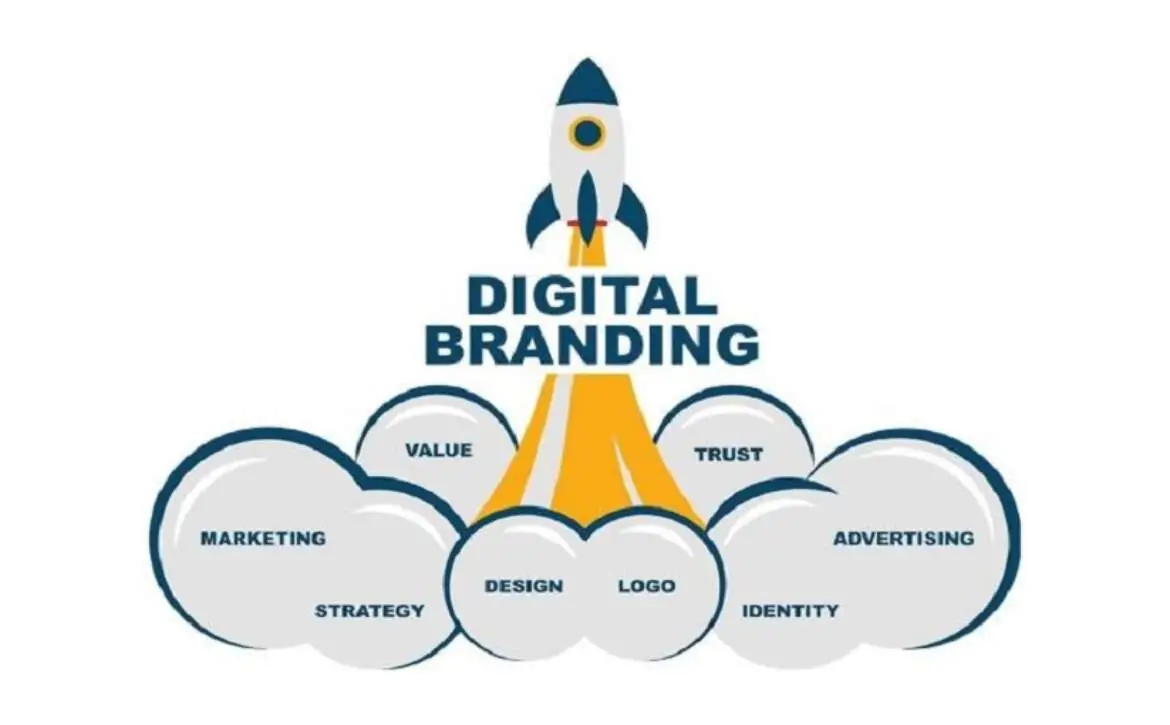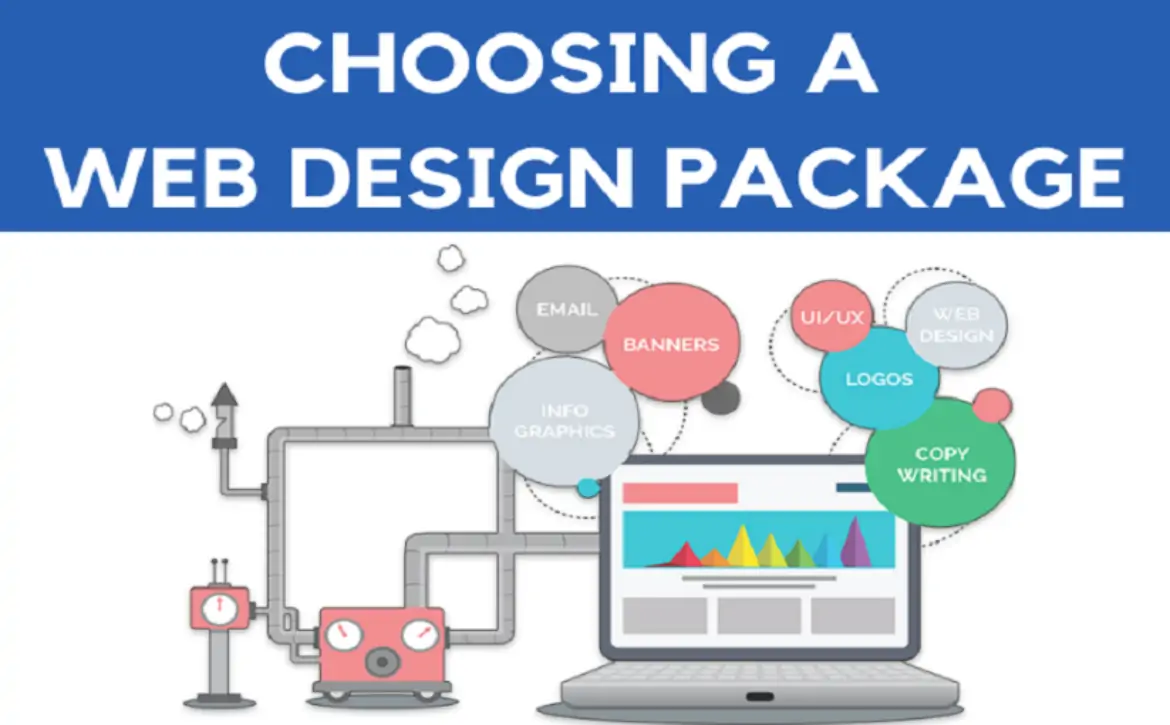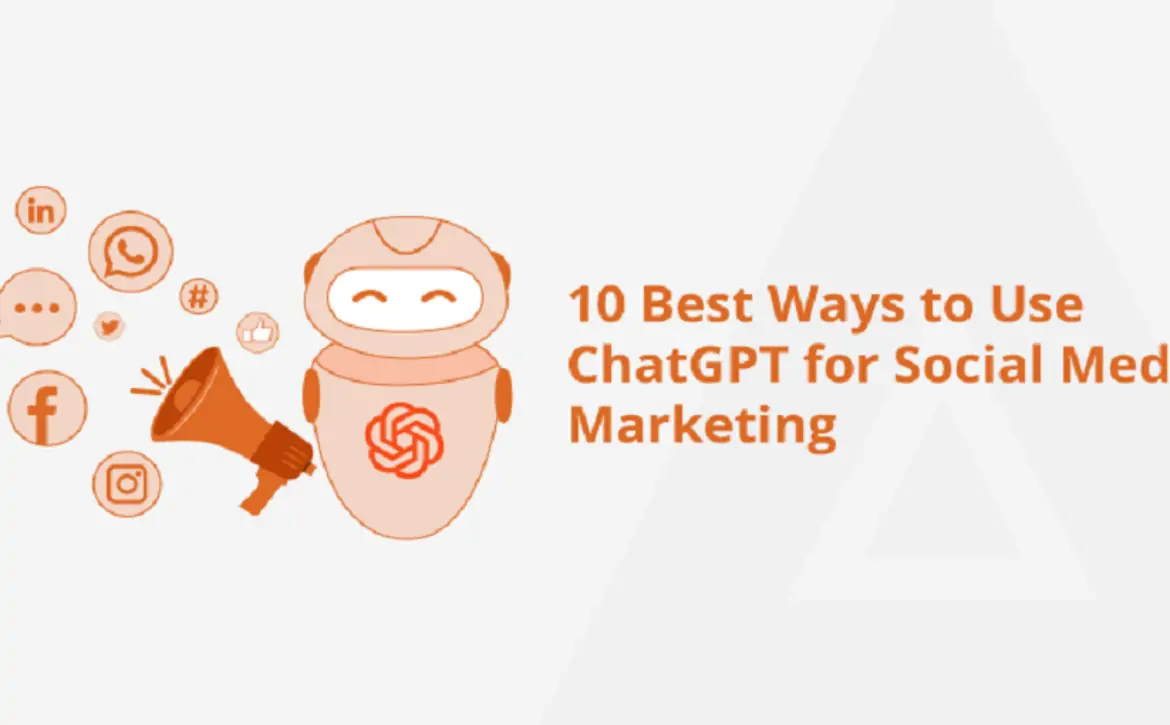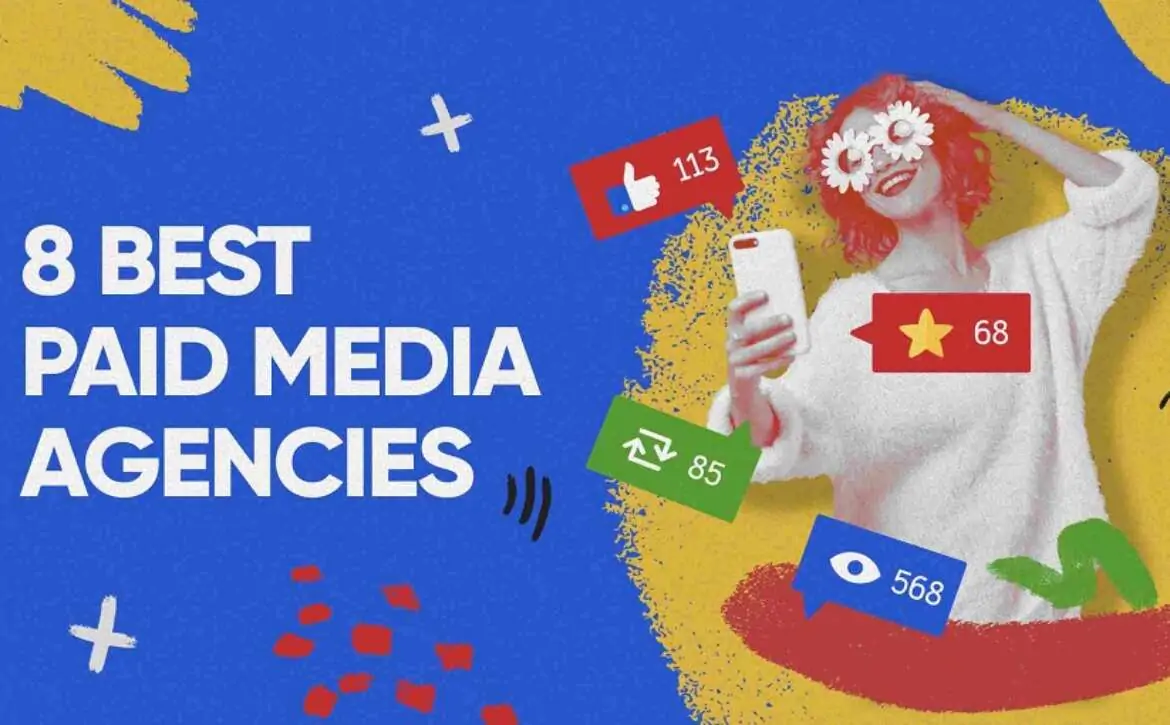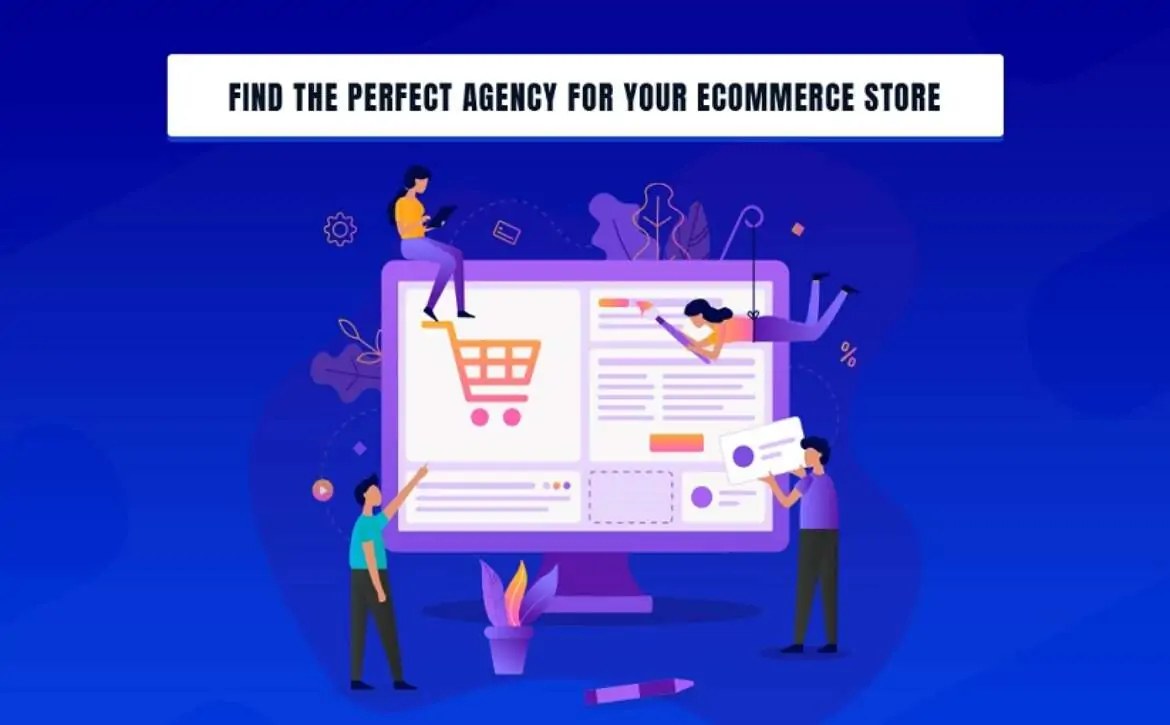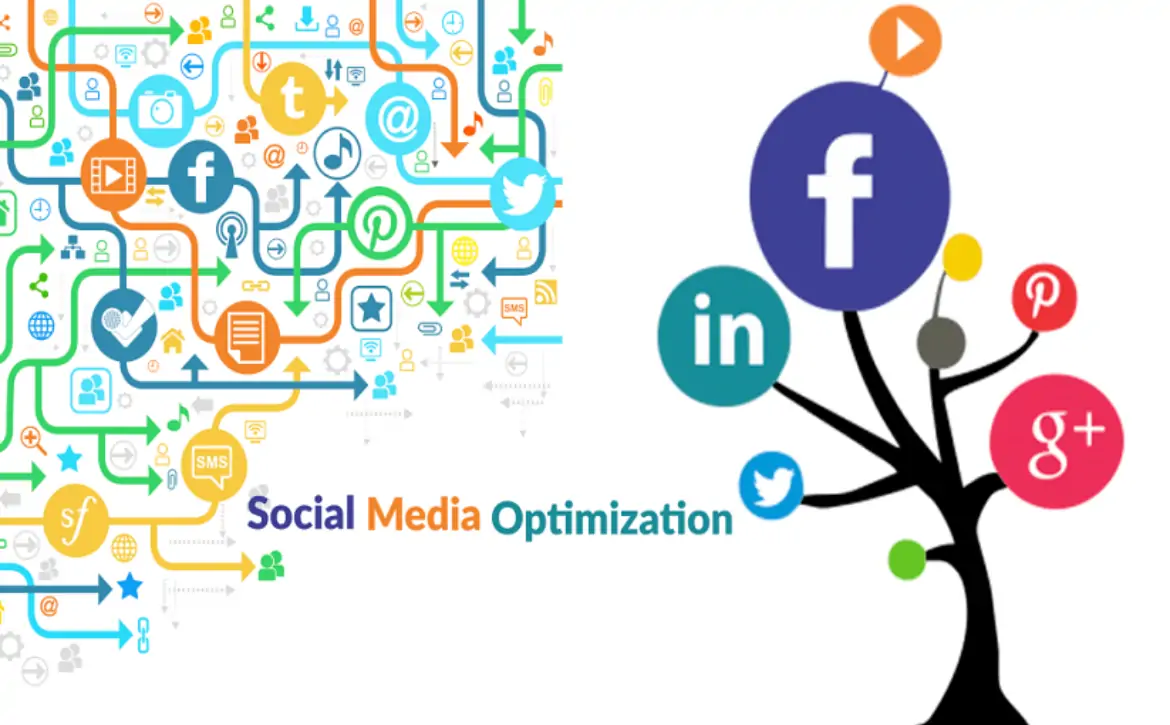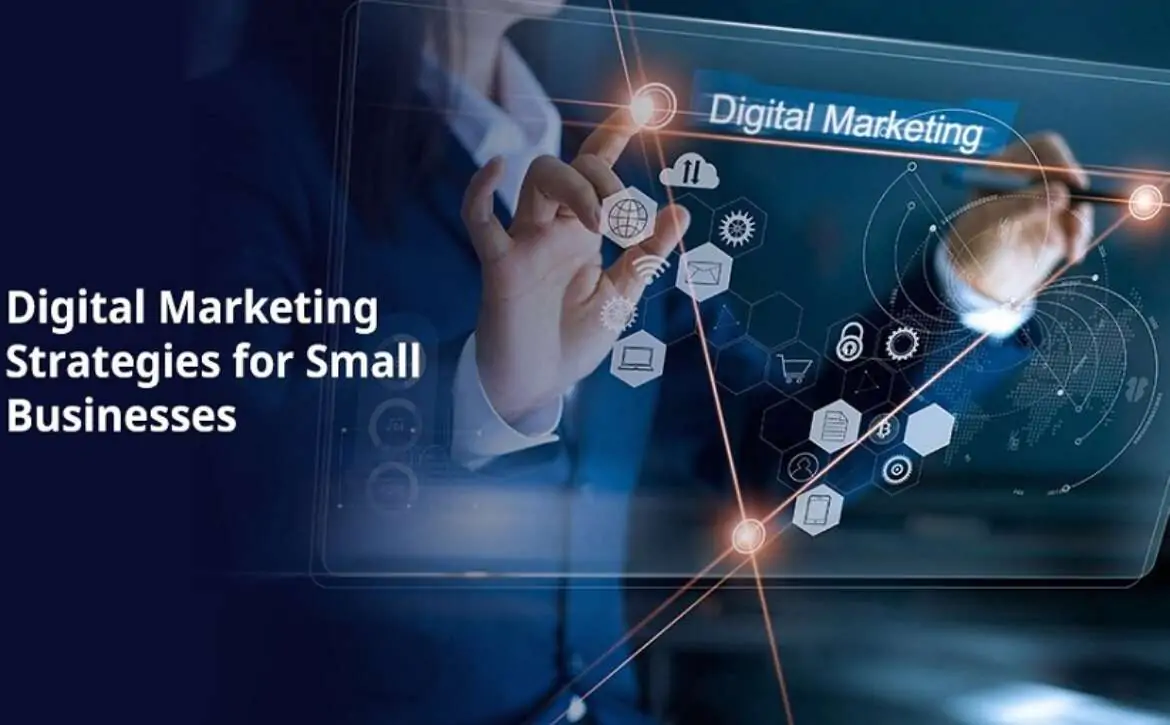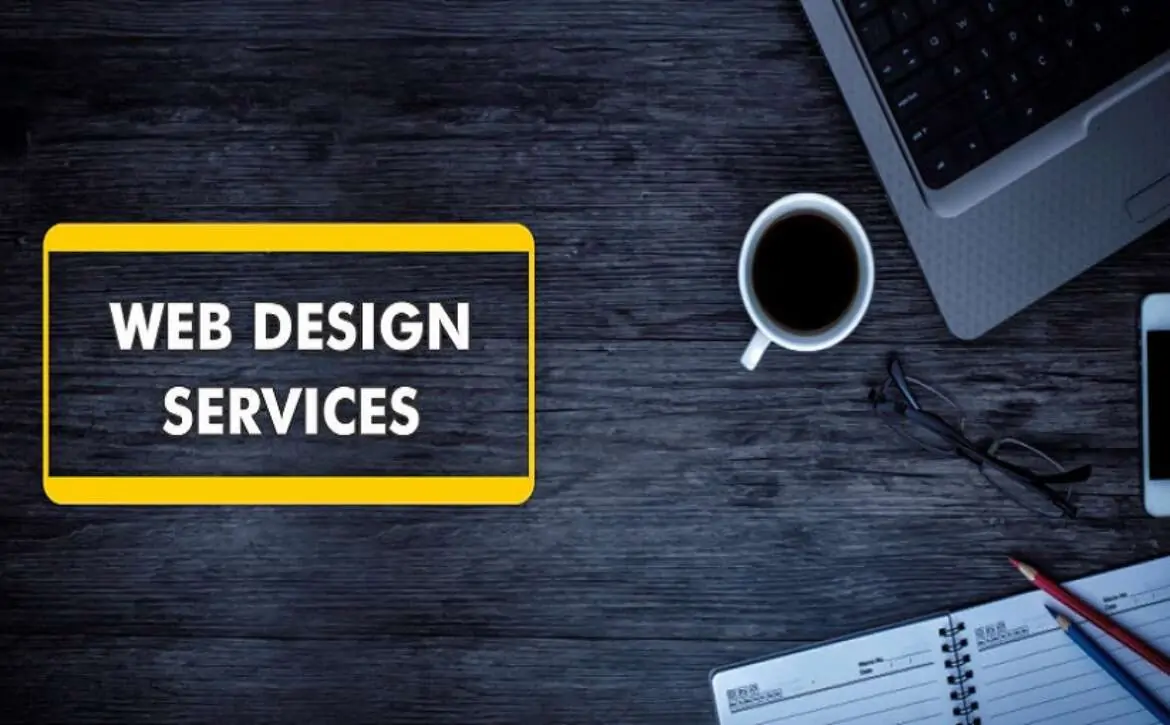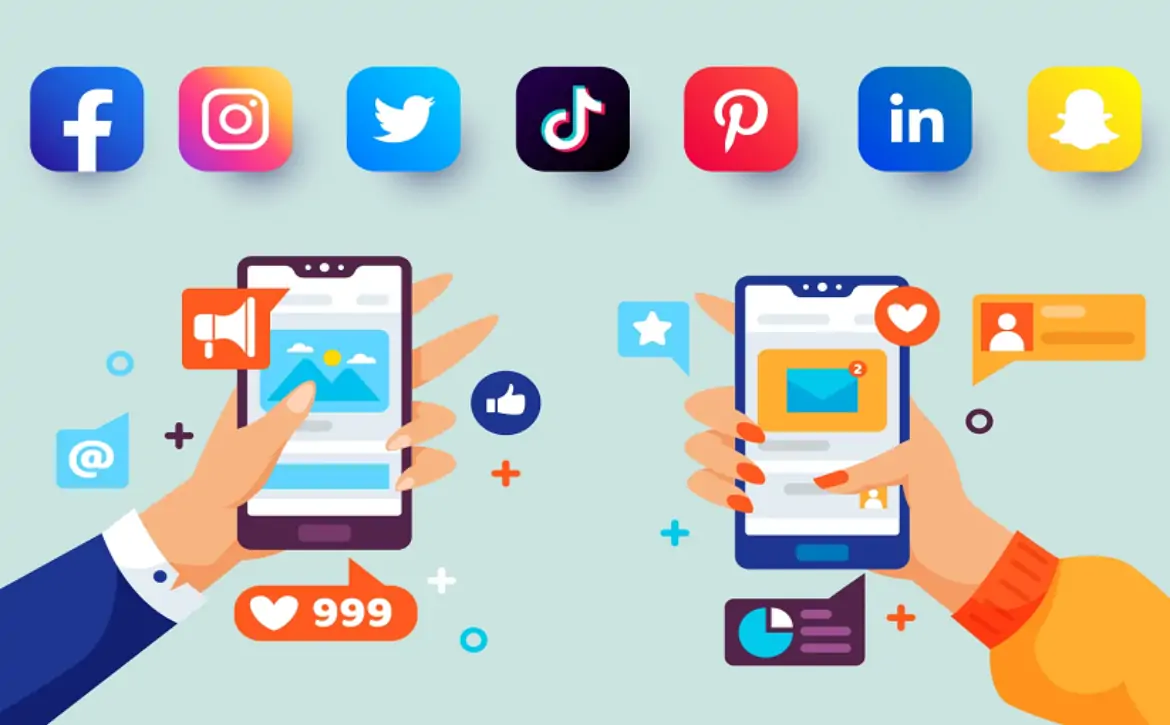Building a Strong Online Presence with Digital Branding
In today’s hyper-connected world, establishing a robust online presence is crucial for businesses of all sizes. This endeavor is made possible through effective digital branding, a comprehensive strategy that encompasses various online activities to create a recognizable and trustworthy brand identity. online branding goes beyond traditional marketing by leveraging digital channels to build and manage a brand. It involves a mix of creativity, strategy, and technology to craft a brand that resonates with the target audience and stands out in the competitive online marketplace.
online branding is not just about creating a logo or a catchy tagline; it’s about developing a consistent and cohesive brand experience across all digital platforms. This includes your website, social media profiles, email marketing campaigns, online advertisements, and any other digital touchpoints. A well-executed online branding strategy can lead to increased brand awareness, customer loyalty, and ultimately, higher sales and revenue. It involves a comprehensive approach that aligns your brand’s visual elements, messaging, and overall identity to create a unified perception among your audience. Effective online branding ensures that every interaction a customer has with your brand, whether it’s through a social media post or an email newsletter, reinforces your brand’s values and promises.
One of the key aspects of online branding is understanding the difference between online branding and digital marketing. While both are integral to a brand’s success, they serve different purposes. online branding focuses on establishing a brand’s identity and value proposition online, creating an emotional connection, and building a lasting relationship with the audience. Digital marketing, on the other hand, aims to promote products or services and drive sales through various online channels like search engines, social media, and email. Essentially, online branding lays the foundation for digital marketing efforts by creating a strong brand that can be effectively marketed. Without a solid digital brand, marketing campaigns can lack the depth and resonance needed to truly engage and convert potential customers.
Introduction to Digital Branding
Online branding involves a blend of digital marketing tactics and creative design to build a strong online presence. It is a continuous process of defining, positioning, and managing a brand’s identity in the digital landscape. To grasp the concept better, consider the following online branding examples:
- Coca-Cola’s Social Media Campaigns: Coca-Cola effectively uses social media platforms to engage with its audience, share brand stories, and reinforce its brand values. Their campaigns often include interactive elements, such as hashtags and user-generated content, which help in building a strong online community.
- Apple’s Website and Online Store: Apple’s website and online store are prime examples of how online branding can create a seamless and immersive brand experience. The design is sleek, the navigation is intuitive, and the content consistently reflects the brand’s values of innovation and quality.
- Nike’s Digital Campaigns: Nike leverages various digital channels, including social media, email marketing, and online advertising, to promote its products and engage with its audience. Their online branding strategy includes powerful storytelling and high-quality visuals that align with their brand identity of athletic excellence and inspiration.
To build a strong online presence with online branding, businesses must develop a comprehensive online branding strategy. This strategy should include a clear understanding of the brand’s mission, vision, and values, as well as a deep insight into the target audience’s preferences and behaviors. It should also outline the key digital channels and tactics that will be used to communicate the brand’s message and engage with the audience.
Developing a Digital Branding Strategy
A well-defined online branding strategy is the cornerstone of building a strong online presence. Here are the key steps involved in developing an effective online branding strategy:
- Establish Your Brand Identity: To begin, make sure that your brand’s unique selling proposition (USP), values, goal, and vision are all stated clearly.This will serve as the foundation for all your online branding efforts. Ensure that your brand identity is consistent across all digital platforms to create a cohesive brand experience.
- Understand Your Target Audience: Conduct thorough market research to gain insights into your target audience’s demographics, preferences, and online behaviors. This will help you tailor your online branding efforts to resonate with your audience and meet their needs effectively.
- Create a Consistent Brand Voice and Visual Identity: Develop a consistent brand voice and visual identity that reflects your brand’s personality and values. This includes creating a logo, choosing a color palette, and defining the tone of voice for your content. Ensure that all your digital assets, including your website, social media profiles, and marketing materials, align with your brand identity.
- Leverage Digital Channels: Identify the key digital channels where your target audience is most active and focus your efforts on those platforms. This may include social media, email marketing, online advertising, and content marketing. Use these channels to communicate your brand’s message and engage with your audience consistently.
- Develop High-Quality Content: Content is at the heart of online branding. Create high-quality, relevant, and engaging content that reflects your brand’s values and resonates with your audience. This includes blog posts, social media updates, videos, infographics, and other forms of content that can help build brand awareness and loyalty.
- Engage Your Audience: Maintaining a successful internet presence necessitates proactive audience involvement. Respond to comments and messages on social media, participate in online discussions, and encourage user-generated content. This helps in building a loyal community around your brand and enhances your brand’s credibility.
- Measure and Optimize: Continuously monitor the performance of your online branding efforts using analytics tools. Monitor important data including conversion rates, social media engagement, and website traffic. Use these insights to optimize your strategy and improve your brand’s online presence over time.
FAQs
Why is digital branding so important?
Digital branding is crucial because it establishes a brand’s identity and reputation in the online world, where most consumers now spend a significant amount of their time. It allows businesses to create a consistent and cohesive brand experience across various digital platforms, building trust and recognition among their target audience. Effective online branding enhances visibility, drives customer engagement, and differentiates a brand from competitors, ultimately leading to increased customer loyalty and business growth. In a digital-first marketplace, a strong digital brand is essential for reaching and resonating with modern consumers.
What do digital brands do?
Digital brands strategically create and manage their identity online to connect with their target audience, build trust, and foster loyalty. They leverage various digital channels such as websites, social media, email marketing, and online advertising to communicate their values, mission, and offerings consistently. Digital brands focus on delivering high-quality, engaging content and experiences that resonate with their audience, ensuring a cohesive and recognizable presence across all digital touchpoints. This involves everything from visual design and messaging to customer interactions and community engagement, all aimed at strengthening their market position and driving business growth.
How to start a digital brand?
Starting a digital brand involves several key steps: first, define your brand’s mission, vision, and unique selling proposition to create a clear identity. Next, conduct market research to understand your target audience and competitive landscape. Develop a consistent brand voice and visual identity, including a logo, color palette, and typography. Create a professional, user-friendly website and establish a presence on relevant social media platforms. Produce high-quality, engaging content that aligns with your brand values and resonates with your audience. Implement a digital marketing strategy to promote your brand, using SEO, social media marketing, email campaigns, and online advertising. Finally, monitor your performance through analytics and adjust your strategy as needed to ensure continuous growth and engagement.
What is an example of e branding?
An example of e-branding is Nike’s use of digital platforms to establish and reinforce its brand identity. Nike leverages its website, social media channels, and mobile apps to create a cohesive brand experience that emphasizes innovation, athletic excellence, and motivation. Through high-quality content, engaging storytelling, and strategic use of influencers and user-generated content, Nike effectively communicates its brand values and connects with its audience. Their online branding efforts include visually appealing designs, consistent messaging, and interactive campaigns, all contributing to a strong and recognizable online presence.
What is the difference between e marketing and e branding?
The difference between e-marketing and e-branding lies in their primary objectives and focus areas. E-marketing, or electronic marketing, aims to promote products or services online to drive sales and generate leads through various tactics such as SEO, PPC advertising, email marketing, and social media campaigns. E-branding, on the other hand, focuses on establishing and maintaining a brand’s identity and reputation in the digital space. It involves creating a consistent and recognizable brand experience across all digital platforms, including website design, social media presence, and online content, to build trust and loyalty among the target audience. While e-marketing is more transactional and campaign-driven, e-branding is about long-term relationship building and brand perception.
Digital Branding vs Digital Marketing
It’s essential to understand the distinction between online branding and digital marketing, as both play crucial roles in a brand’s overall digital strategy.
- Digital Branding: Focuses on establishing a brand’s identity and value proposition online. It involves creating a consistent and cohesive brand experience across all digital platforms. The goal of online branding is to build brand awareness, credibility, and loyalty.
- Digital Marketing: Aims to promote products or services and drive sales through various online channels. It involves tactics such as search engine optimization (SEO), pay-per-click (PPC) advertising, email marketing, and social media marketing. The goal of digital marketing is to generate leads and convert them into customers. In essence, online branding lays the foundation for digital marketing efforts. A strong brand identity makes digital marketing campaigns more effective by creating a sense of trust and recognition among the target audience.
Digital Branding Examples
To illustrate the impact of online branding, let’s explore a few more online branding examples:
- Amazon: Amazon’s online branding strategy focuses on convenience, customer service, and innovation. Their website design, user experience, and personalized recommendations all contribute to a strong brand identity that resonates with customers worldwide.
- Starbucks: Starbucks uses online branding to create a sense of community and connection with its customers. Their mobile app, social media presence, and online campaigns all reflect the brand’s values of quality, sustainability, and customer experience.
- Tesla: Tesla’s online branding strategy emphasizes innovation, sustainability, and cutting-edge technology. Their website, social media profiles, and online content consistently communicate these values, helping to build a strong and loyal customer base.
The Role of Digital Branding Design
Online branding design plays a crucial role in creating a strong online presence. It encompasses various elements, including logo design, website design, social media graphics, and other visual assets. Here are some key aspects of online branding design:
- Logo Design: Your logo is the visual representation of your brand and should be unique, memorable, and reflective of your brand’s identity. A well-designed logo promotes trust and brand recognition.
- Website design: For many potential clients, your website will be their initial point for interacting with your business. Ensure that your website design is visually appealing, user-friendly, and aligns with your brand identity. This includes the use of consistent colors, fonts, and imagery.
- Social Media Graphics: Consistent and visually appealing graphics for your social media profiles and posts help in reinforcing your brand identity. This includes profile pictures, cover photos, and post templates that reflect your brand’s personality.
- Marketing Materials: Ensure that all your digital marketing materials, such as email newsletters, online ads, and e-books, are designed consistently and align with your brand identity. This helps in creating a cohesive brand experience across all touchpoints.
Conclusion: Digital branding is a crucial aspect of modern business strategy, requiring a clear and consistent brand identity, effective communication across digital touchpoints, and engagement with the audience. Key steps include defining the brand identity, understanding the target audience, creating a consistent brand voice and visual identity, and leveraging various digital channels. Regular engagement and continuous measurement and optimization of online branding efforts are essential for long-term success.
Online branding and digital marketing play complementary roles in a business strategy, with a strong digital brand providing a solid foundation for effective campaigns. Examples of successful brands include Coca-Cola, Apple, and Nike. To deepen one’s knowledge of digital branding courses, digital branding books are available while working with a digital branding agency that can provide expert guidance and comprehensive services. Online branding design, including logo design, website design, social media graphics, and other visual assets, is essential for creating a cohesive and memorable brand experience. Investing in online branding is essential for staying competitive and achieving long-term growth in today’s digital world.


